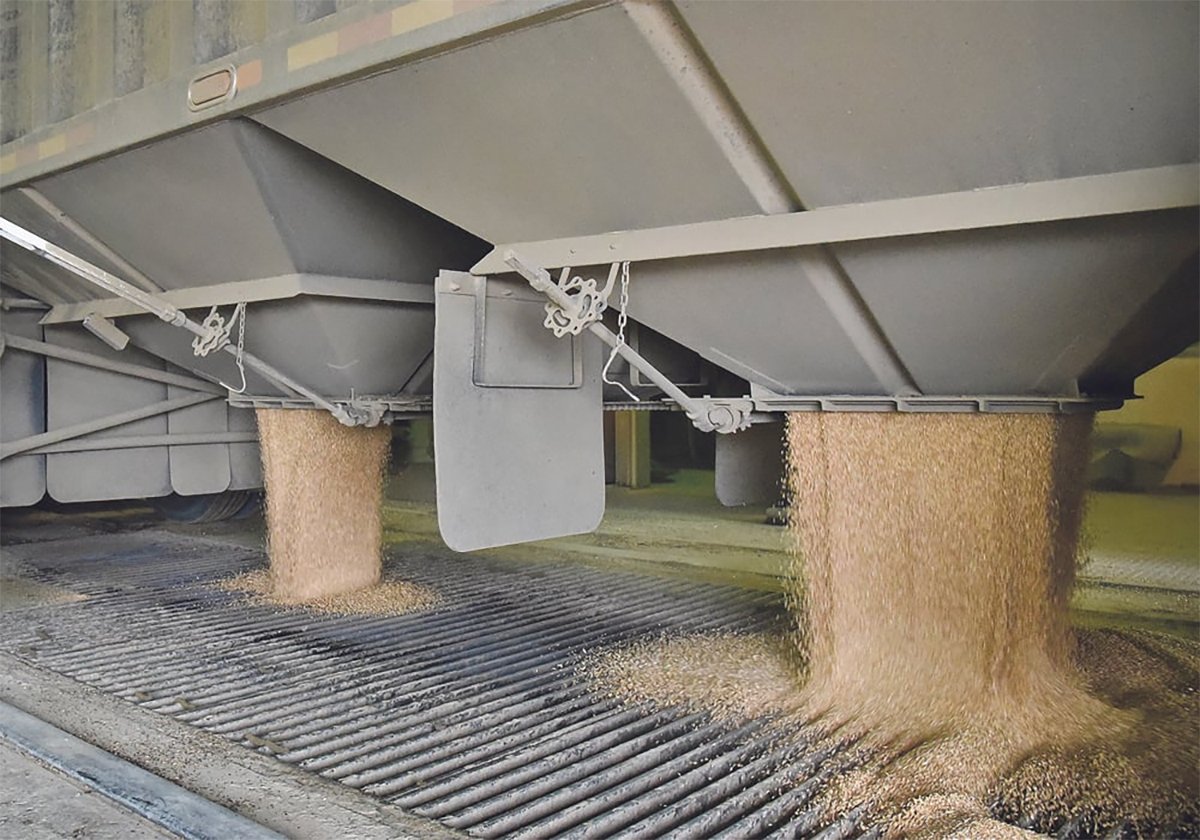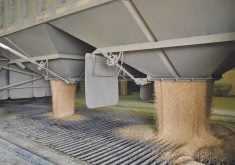This is the third instalment in a series on municipal issues submitted jointly by the Association of Manitoba Municipalities, Saskatchewan Association of Rural Municipalities and Alberta Association of Municipal Districts & Counties.
Transportation infrastructure is key to the success of the agriculture industry that drives the prairie economy.
Changes to grain transportation policy in the 1990s resulted in rail-line abandonment and elevator consolidation, placing substantial pressure on provincial highways and municipal roads.
These changes meant increased heavy truck traffic travelling greater distances on rural roads, creating an unprecedented demand for road maintenance and renewed calls for dedicated transportation corridors.
Read Also

Worrisome drop in grain prices
Prices had been softening for most of the previous month, but heading into the Labour Day long weekend, the price drops were startling.
A 2005 report, Grain Transportation in Saskatchewan, estimated that the loss of the Western Grain Transportation Act has increased road expenses by more than $88 million per year in Saskatchewan.
To compensate for this shift of transporting grain from rail to road, in 2001 the federal government announced new transportation funding in the form of the Prairie Grain Roads Program. It was set up to run for a five-year period and is scheduled to end in 2007.
The federal government committed $175 million to the PGRP to be distributed among the prairie regions, with provincial and municipal governments providing the remainder of the funding for construction projects.
Funds were allocated to repair or construct roads and bridges to provide for efficient movement of agricultural goods.
Eligibility for project funding was based on the amount of increased heavy traffic and increased volume of grain products shipped.
In addition, the PGRP targeted roads with long-term delivery points and/or new value-added industries. Each prairie province devised its specifics for the program to accommodate their individual situation.
Manitoba
Through the PGRP, municipal grain roads and secondary provincial highways in Manitoba received an investment of $66 million. This funding contributed to the improvement of 731 kilometres of municipal roads and provincial highways.
Manitoba still has a transportation infrastructure deficit that has been estimated at $3.4 billion and continues to rise each year due to insufficient funding.
As a result of limited investment, highways are continually deteriorating and pose a serious safety risk to travellers. With less than eight cents of every tax dollar collected going to municipalities, it is evident that municipalities lack the resources to address this deficit.
Saskatchewan
The Saskatchewan program was designed to upgrade roads and secondary highways to carry grain the additional distance to primary elevators and terminals through a strategic corridor to compensate for the vast decline in rail transportation. In 1985 the average farm-to-elevator distance was 14.7 kilometres; today it is 55.
In Saskatchewan, 241 projects have either been completed or are under construction that will provide for an additional 2,048 km of grain hauling corridor, including 1,167 km of municipal roads.
Municipal projects accounted for $52 million of the approximate $200 million program. Municipal governments provided a significant portion of the funding for these road upgrades.
There are approximately 12,000 km of municipal roads that are considered to be grain corridor roads in Saskatchewan, and about half of these are up to the proposed standard. Approximately $485 million is needed to complete the system.
Alberta
In Alberta, the federal contribution to the PGRP totalled more than $32 million, generating nearly $47 million in construction funds to be spread out over the province’s 135,000 km of rural road system.
In the recently released AAMD&C Rural Transportation Funding Options Report, it was revealed that in Alberta there is an annual road system deficit of more than $300 million.
The magnitude of this deficit exists over and above all of the combined current infrastructure funding provided by both the federal and provincial government.
This deficit, combined with the significant reduction of grain elevators and railway branch lines over the last few years, makes programs such as the PGRP even more vital for rural sustainability.
The PGRP has been extremely valuable to the prairie agriculture industry. To better accommodate the movement of grain, the program encouraged neighbouring municipalities to work co-operatively to identify the best possible trucking routes. Renewing the PGRP would continue to strengthen and rebuild the prairie grain transportation network.
Providing adequate roads through a practical corridor system for grain transportation is an investment in the infrastructure of the prairie economy. With ethanol and biodiesel development, expansion of the feedlot industry and other value-added ventures on the horizon, a sustainable and efficient transportation system is key to ensuring viable investment and future economic opportunities for farmers and rural communities.
In a time of limited infrastructure funding, the PGRP maximized resources by ensuring the strategic allocation and leveraging of funds well beyond the original $175 million federal investment due to the cost sharing formula.
On March 1, 2007, all PGRP funding will cease. What this will mean for the Prairies remains to be seen.
What is certain, however, is that the survival and success of rural communities is dependent on infrastructure sustainability.
With the end of the PGRP, there is a pressing necessity to address the transportation demands facing rural communities.
Whether this means renewing the PRGP or initiating other infrastructure programs is, ultimately, the federal government’s decision.














